How to install Postman on Ubuntu 18.04
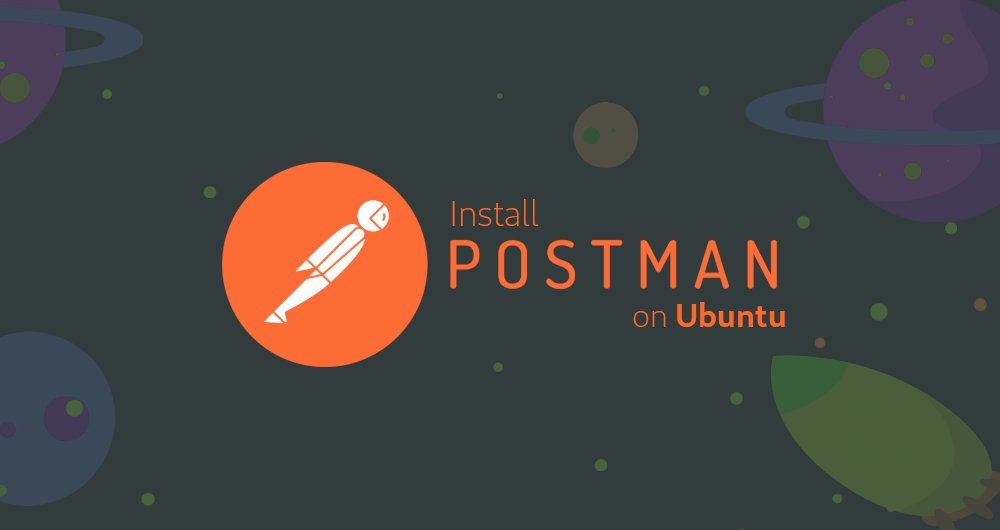
Postman is a complete API development environment, which can help you manage API documentation from development, testing to release, and monitor all stages of API. Postman started as a Chrome browser extension, and soon became the most commonly used extension by developers all over the world.
Postman can also be installed and used on major operating systems, including macOS, Linux, and Windows, as a local APP (built on Electron). Although you can install and use Postman as a Chrome application, the Postman Chrome application is no longer supported.
This guide explains how to install Postman on Ubuntu 18.04. The same instructions apply to Ubuntu 16.04 and any other Ubuntu-based distributions, including Linux Mint, Kubuntu, and Lubuntu.
1. Prerequisites##
Before proceeding with this guide, please make sure you log in to the system as a user with sudo privileges.
Two, install Postman
The easiest way to install Postman on Ubuntu 18.04 is to use snappy package management system.
Enter Ctrl+Alt+T in your terminal, and install the Postman snap package, enter:
sudo snap install postman
The download will take a few minutes, depending on your internet speed. Once the download is complete, the following output will be displayed:
postman 6.7.1from'postman-inc' installed
You can also install Postman through the Ubuntu Software Center. Simply search for Postman, and click install:
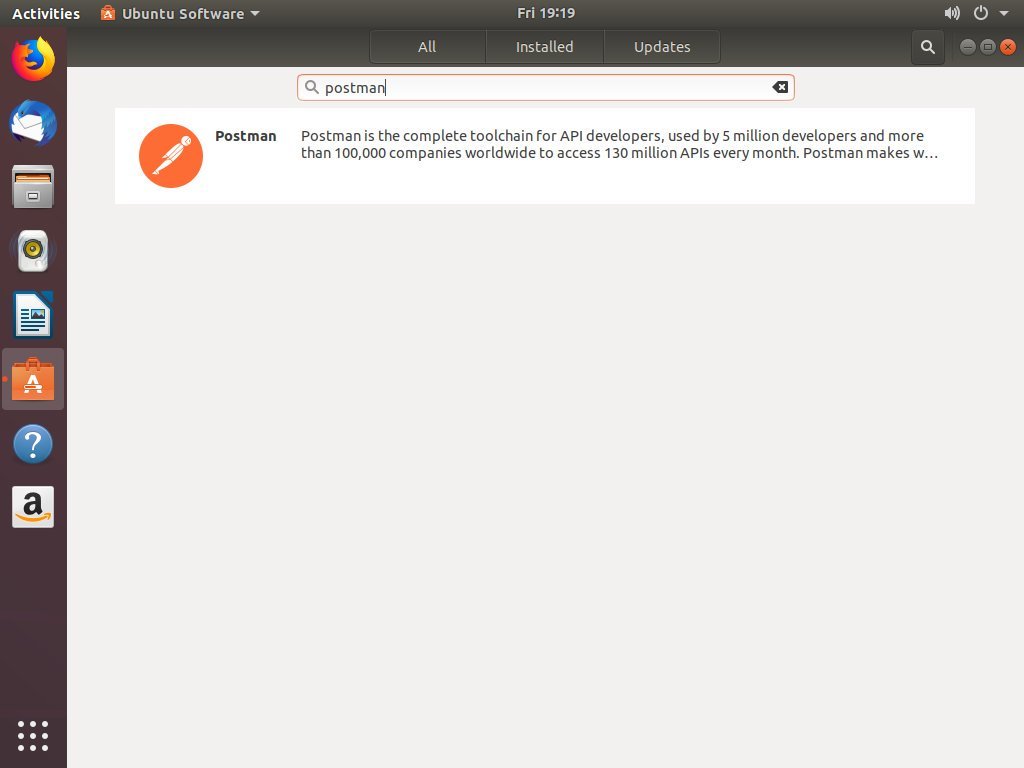
Three, start Postman
Now that Postman is installed on your Ubuntu system, you can start it by clicking the Postman icon (Activities -> Postman):
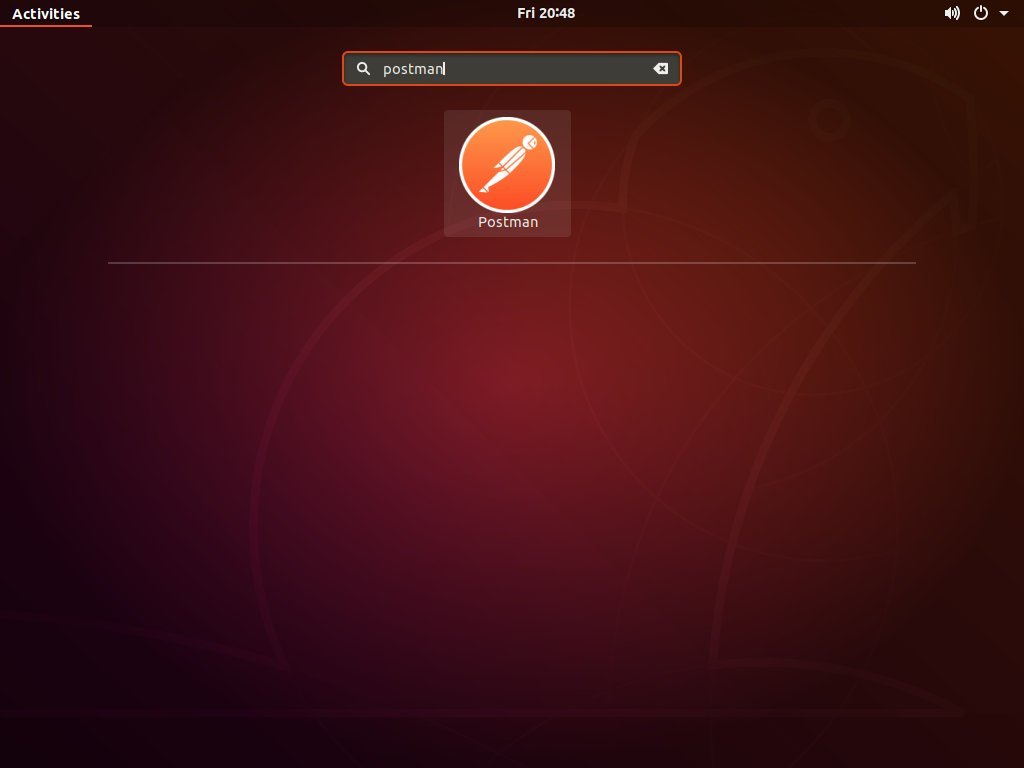
When you start Postman for the first time, a window similar to the following will be displayed, asking you to log in or create a new account:
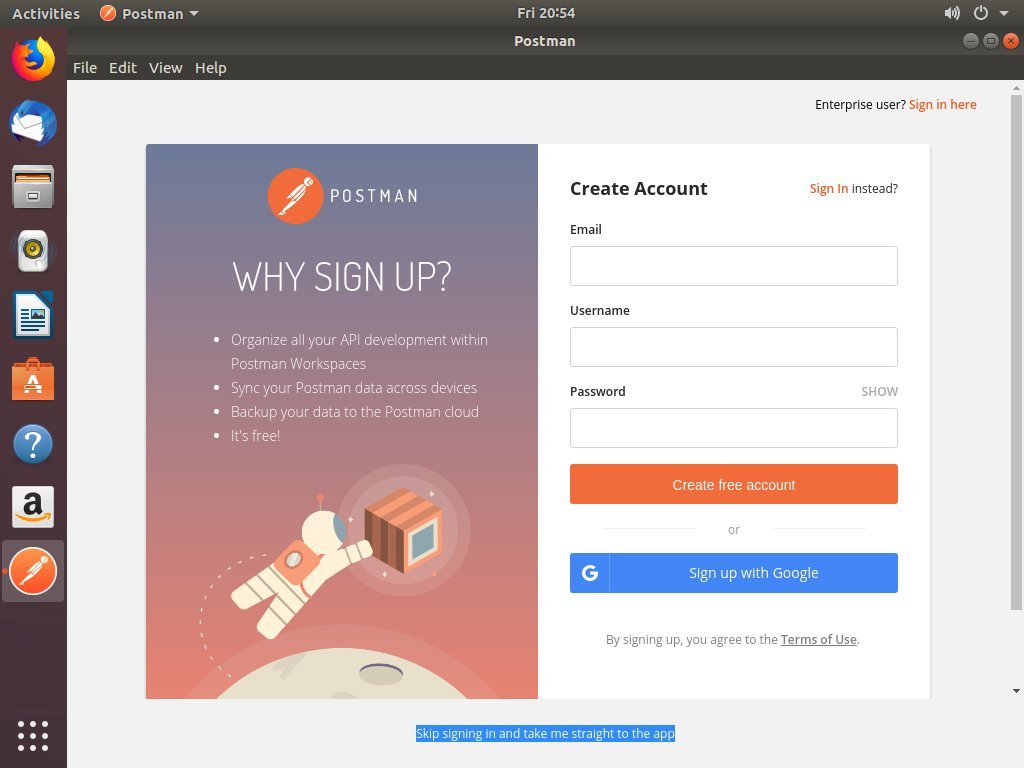
If you create an account, you will be able to manage your work in the workspace, create backups, and synchronize data between multiple devices. If you don't want to log in, simply click "Skip signing in and take me straight to the app".
To illustrate how Postman works, we will send a simple Get request to a REST API and receive a JSON response string.
Enter https://reqres.in/api/users in the "Untitled Request tab", select GET as the request type, and click the SEND button. Once successful, the response string will return a json object, including an array of user information.
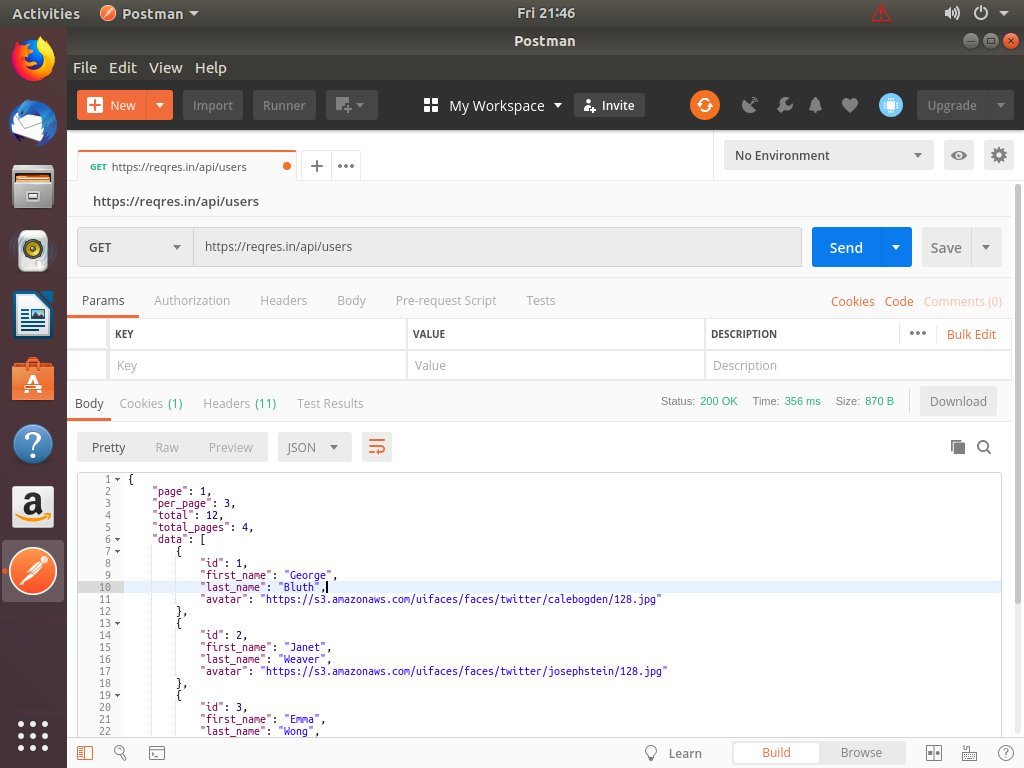
Postman Learning Center is a good starting point for learning how to create a Postman workspace, collection, environment, etc.
Four, summary##
You have successfully installed Postman on your Ubuntu 18.04 machine. You can explore your new API tools and start using them in your project practice.
Recommended Posts